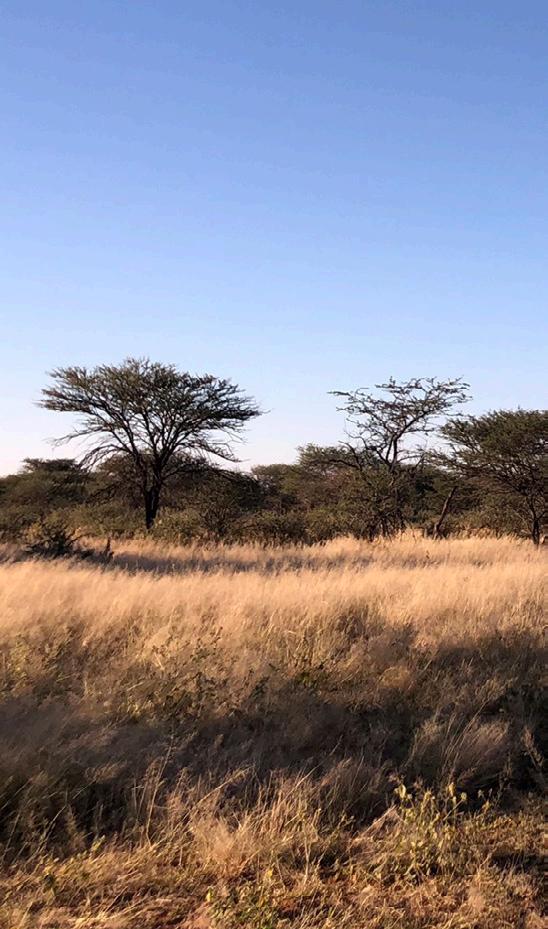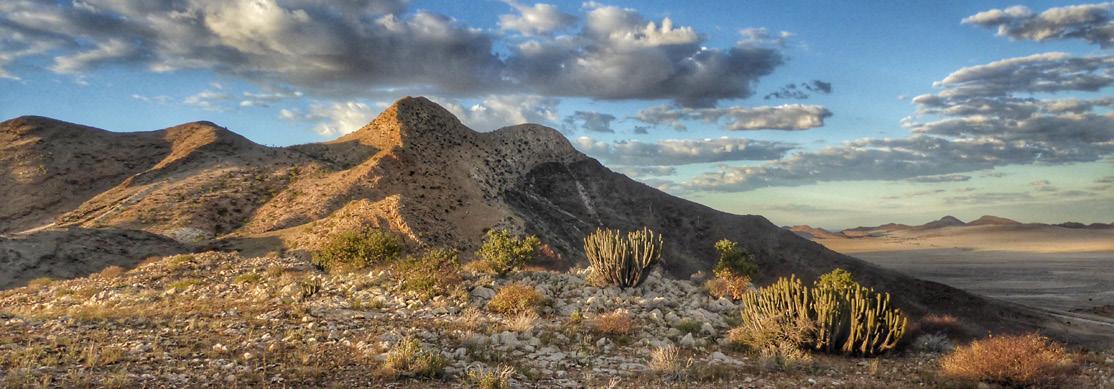
4 minute read
Celebrating 30 Years of Independence
THE PRESIDENTS
Namibia has seen 30 years of political stability. The same party has remained in power and its presidential candidates were the democratically elected victor in each of the elections held every five years. Let’s take a look at the presidents who have been at the helm of the country since it gained independence.
SAM SHAFIISHUNA NUJOMA

Sam Nujoma was born on 12 May 1929 at Ongandjera in northern Namibia. His school education ended with standard six (grade 8) and thus his prospects for employment were severely limited. A matric certificate or tertiary education usually would not have opened a lot more doors, however, because in those days black people had very few rights and were seen as cheap labour. Like many young Ovambo men at the time, Nujoma was forced into the contract labour system and found himself working for the railways far from home, separated from his family. He witnessed the abuses of the contract system, which led to an attempt to form a union of railroad workers in 1957. Instead, Nujoma was fired from his job and subsequently made forays into politics.
In 1960 he became a founding member of the South West Africa People’s Organisation (Swapo). As the leader of the liberation movement Nujoma was a constant target for police intimidation which eventually led to his 30-year exile. Apart from directing the liberation struggle in absentia, he was actively championing the cause of Namibia’s independence at the United Nations. He also played an instrumental role in pushing Swapo’s agenda into the world as well as securing help from foreign nations supportive of the cause.
Finally, after 23 years of armed struggle, the country gained independence and Sam Nujoma was inaugurated as the first president of the Republic of Namibia on 21 March 1990.
While he navigated the development of the new country relatively successfully and maintained peace for the most part, his time as head of state was marred by his reluctance to relinquish control. A highly controversial bill, which was much debated in parliament, allowed Nujoma to serve a third five-year term as president.
HIFIKEPUNYE LUCAS POHAMBA

Born on 18 August 1935 in the small village of Okanghudi in northern Owambo, Hifikepunye Pohamba grew up like most other boys in rural Namibia helping with the cultivation of land and herding livestock. He attended the Holy Cross Mission School at Onamunama after which he was employed by the Tsumeb copper mine from 1956 to 1960. As a founding member of Swapo he followed the calling of politics and quit his job to become a full-time organiser for the party. This led to his arrest on charges of political agitation, subsequent conviction and punishment by public flogging. Soon afterwards he joined other Swapo leaders in exile in Tanganyika (Tanzania). During the sixties he returned to his home country several times and was incarcerated again before being finally expelled for previously leaving the territory illegally.
Pohamba rose in prominence within Swapo during the ensuing years. He had various administrative roles and studied politics in the Soviet Union from 1981 to 1982. After Namibia’s independence he became a member of the National Assembly and held different ministerial portfolios for the next 15 years.
In 2005 he became Namibia’s second president and was reelected for a second term in 2009. The guidance he gave to the country during his terms was richly rewarded in 2014 when he received the Ibrahim Prize that celebrates Achievement in African Leadership.
DR. HAGE GOTTFRIED GEINGOB

The third and current president of Namibia, Hage Geingob, was born on 3 August 1941 in Otjiwarongo. After completing school he enrolled at the Augustineum Training College in 1958 to become a teacher. Two years later he was expelled from the institution for participating in a protest march against the poor quality of education. In 1961 he was readmitted and allowed to finish his studies. He took up a teachers’ post at the Tsumeb Primary School but left the country to join the struggle for independence. Stationed in Botswana at first, he moved to the United States in 1964 to study. That year he was appointed Swapo representative to the United Nations and served in this capacity until 1971.
He played a primary role in spearheading the Swapo’s 1989 election campaign and was rewarded for its success by leading the process to draft the Namibian Constitution, which at the time was considered to be one of the most progressive and democratic in Africa. Geingob was appointed the country’s first Prime Minister, a post which he held for 12 years, and again from 2012 to 2015 after a stint as Minister of Trade and Industry.
Although his inauguration as president was heralded as a breath of fresh air in the Namibian government, the fishrot scandal that erupted on the eve of the 2019 elections caused an ominous cloud to form over Geingob’s leadership and presidency. The scandal, however, did not unseat Swapo as the ruling party or prevent Geingob’s re-election.
The government’s rapid response and strict approach in mitigating the spread of COVID-19 has to some extent replaced trust in Geingob’s leadership. Ultimately he is faced with a very tough task ahead and the next five years will determine whether or not he will be revered as a great leader or be condemned to the back pages of history.
Le Roux van Schalkwyk










